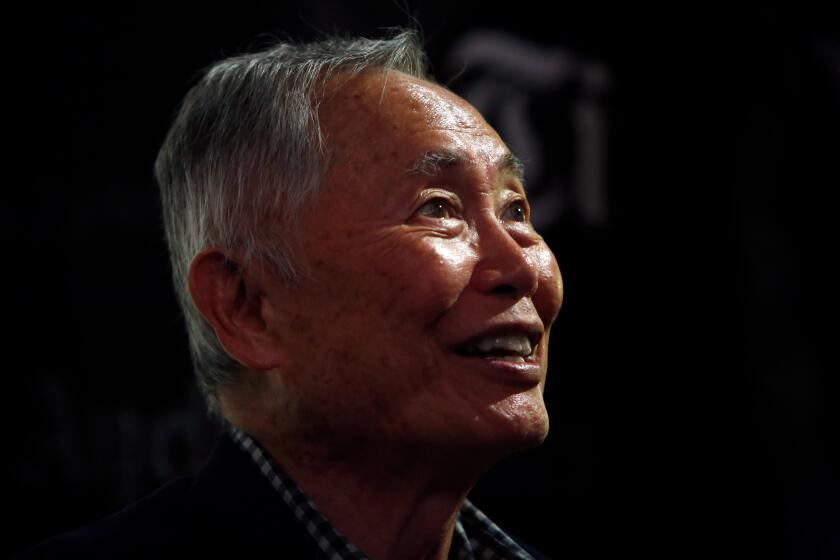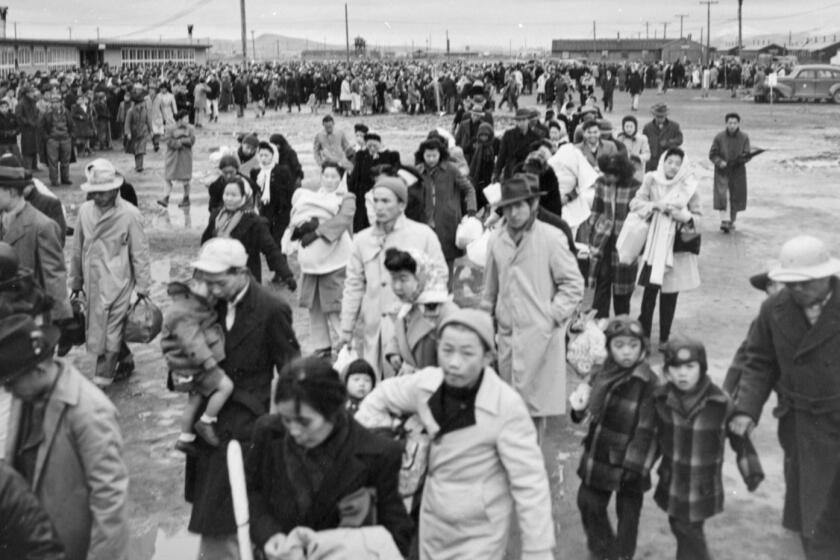Op-Ed: Captives in our own country: The incarceration of Japanese Americans during WWII
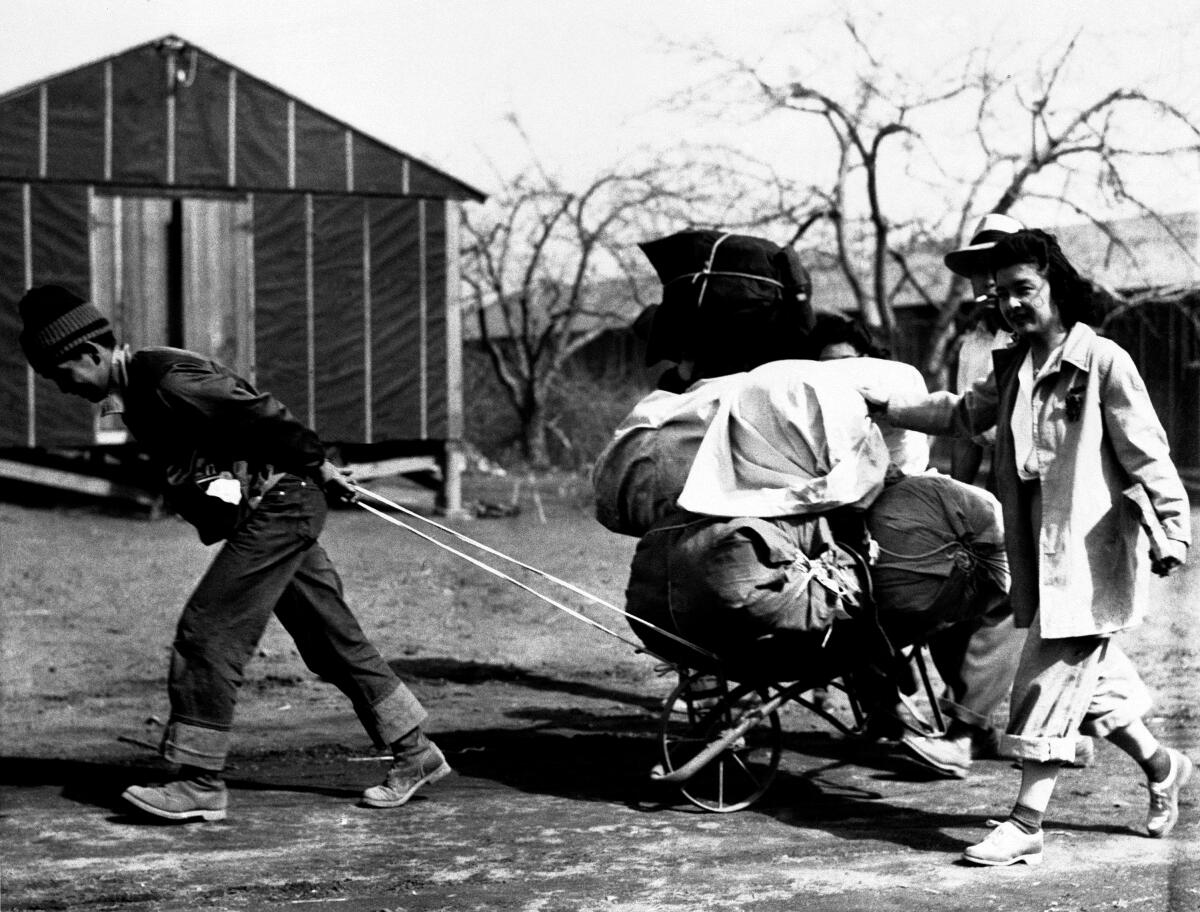
On Sunday, Dec. 7, 1941, Aiko Yoshinaga, a 17-year-old Los Angeles High School student, was headed home from a party with classmates when she heard a shocking radio report: Japan had attacked Pearl Harbor. Even at her young age, Aiko immediately realized that with a U.S. declaration of war against Japan, her Japanese immigrant parents, legally precluded from becoming naturalized citizens, would not just be considered aliens — they would be enemy aliens.
An American-born citizen, Aiko didn’t think she had cause to be concerned. She thought she’d be protected by the U.S. Constitution. She, along with my grandparents and parents, would soon find out how wrong she was. My father, then a 14-year-old freshman at Huntington Beach Union High School, later recalled: “People couldn’t or wouldn’t make the distinction between Americans who happened to have Japanese parents and people from Japan.”
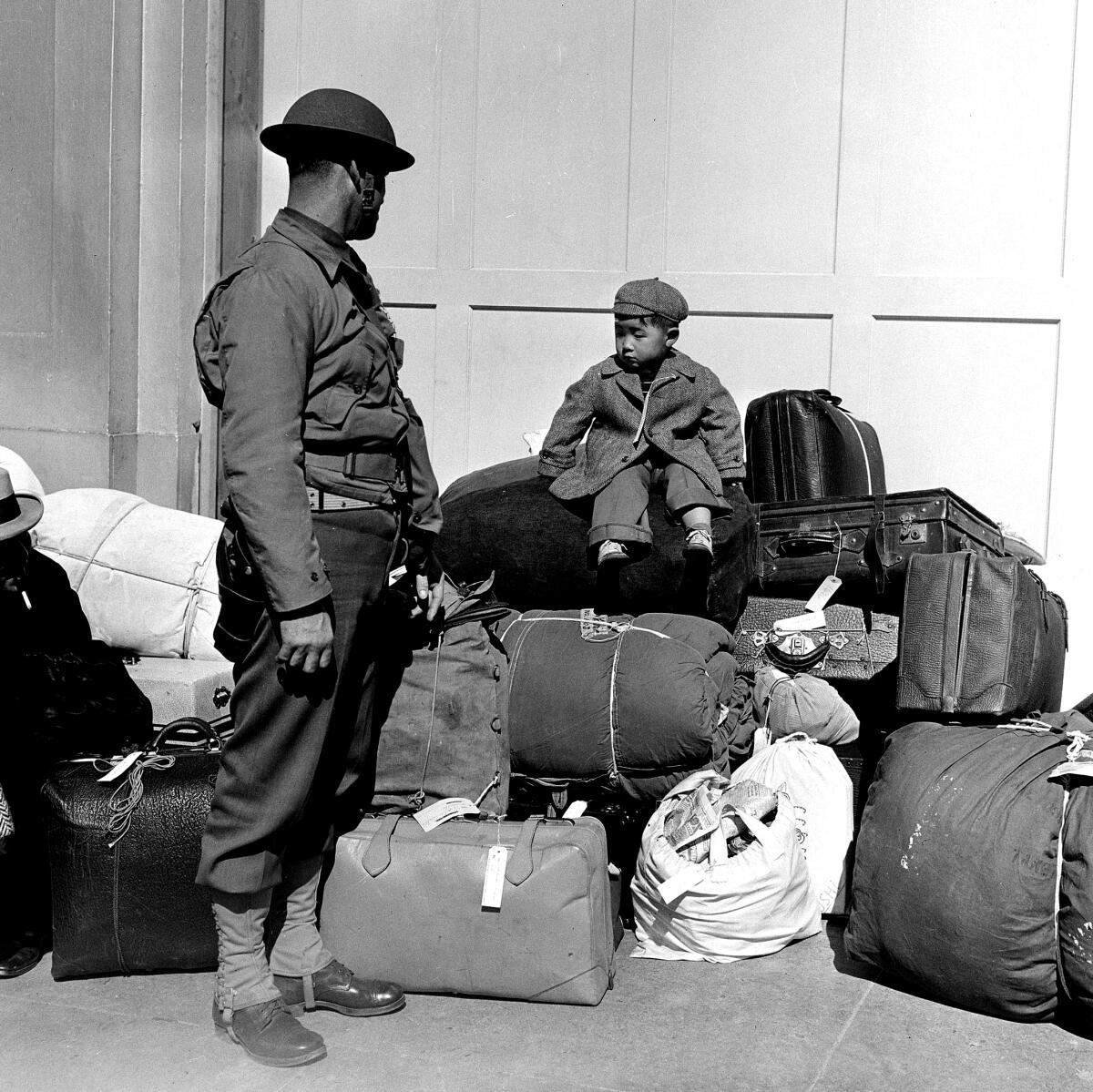
The Pearl Harbor attack intensified anti-Japanese sentiments that had existed since the first wave of immigrants from Japan arrived in the 1880s. Against the backdrop of decades of discriminatory policies, the Japanese American community was vulnerable as an appalled and angry nation considered anyone who looked like the enemy to be the enemy.
George Takei brings “They Called Us Enemy” to the L.A. Times Book Club
Even before the attack, high-ranking officials in President Franklin D. Roosevelt‘s administration and military leaders assumed that the Issei, or first-generation immigrants, as well as the Nisei, their American-born children, would be disloyal to U.S. interests in the event of war, despite intelligence reports that refuted those claims. Lt. Gen. John L. DeWitt, who would lead the Western Defense Command during the war, publicly said, “A Jap’s a Jap — it makes no difference whether he is an American citizen or not.”
Paul Webb, then principal of Los Angeles High, determined that Aiko and the 14 other Nisei seniors would not be given their diplomas because “your people bombed Pearl Harbor.”
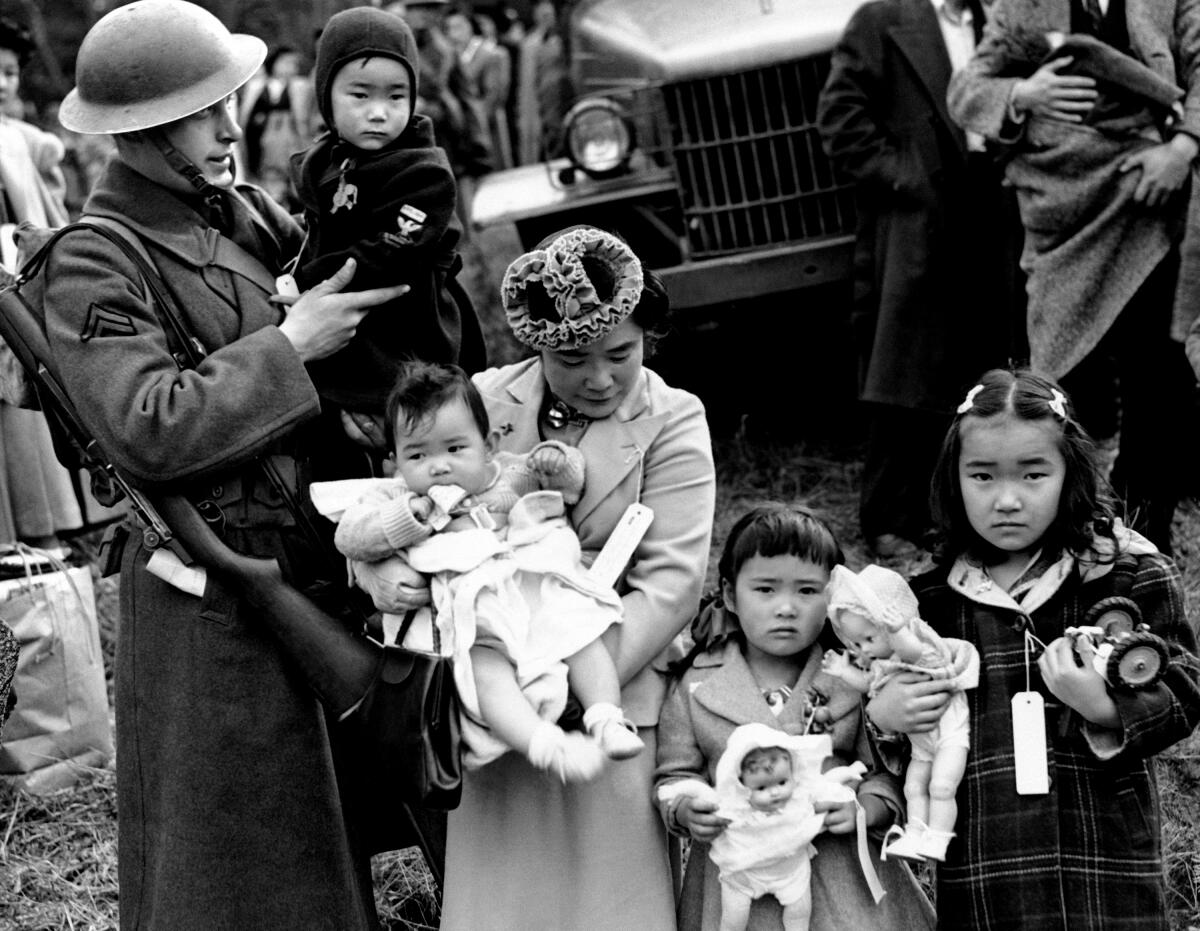
By January 1942, Los Angeles Mayor Fletcher Bowron was among the West Coast mayors leading a racist chorus to remove the Japanese residents who lived in their areas. Officials from the League of California Cities, heads of major industries — especially defense contractors and major agriculture companies — and journalists joined in.
U.S. Rep. Leland M. Ford, whose district included Santa Monica, was the first member of Congress to lobby for the mass incarceration of “all Japanese, whether citizens or not.” He even advocated that they could prove they were truly loyal and “patriotic” by willingly placing themselves in detention.
On Feb. 19, 1942, little more than 10 weeks after the Pearl Harbor attack, Roosevelt issued Executive Order 9066, putting in motion the incarceration of about 120,000 people of Japanese ancestry — two-thirds of whom were Nisei American citizens — as a “military necessity.” Soldiers armed with guns and bayonets removed men, women and children from their homes in California, Oregon, Washington and Arizona.
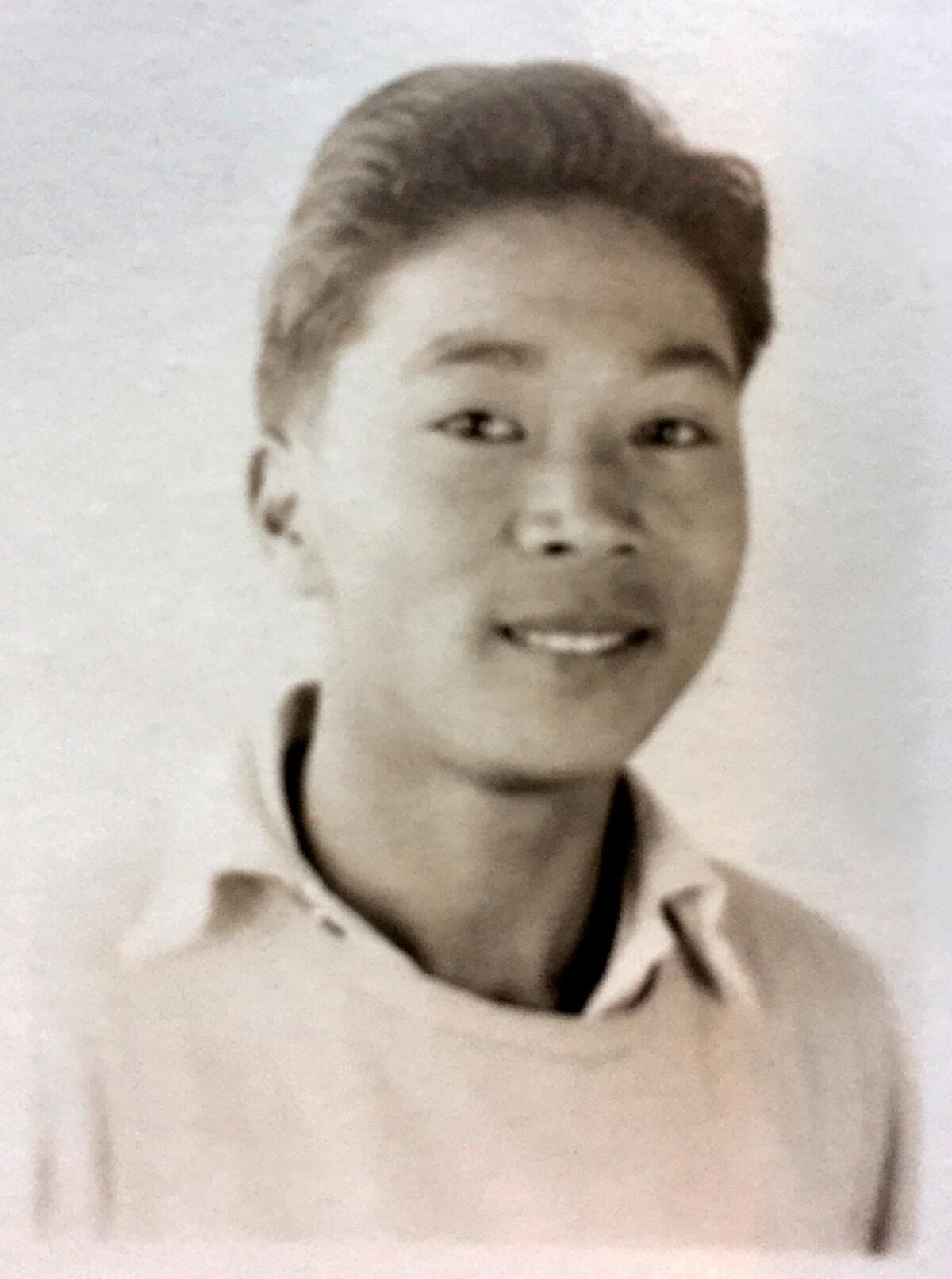
On short notice, they had to leave behind their businesses, farms, jobs, educations, even their pets. They were allowed to take only what they could carry. They had to sell, store or abandon the rest of their possessions. My father’s farming family had to walk away from several acres of celery that was ready to harvest. My father, Hiroshi Kamei, would call it “my family’s greatest economic loss.”
That spring Japanese Americans were sent to temporary detention facilities euphemistically called “assembly centers,” including one at the Santa Anita racetrack in Arcadia. After my mother, Tami Kurose, then 14, and her parents arrived there, they considered themselves fortunate to be assigned to live in barracks and not in horse stalls that reeked of manure.
Today, the vast majority of thinking Americans believe the enslavement of millions of people of African descent in the U.S. was immoral.
Later that summer, incarcerated Japanese Americans were transferred to one of 10 newly constructed sites, in desolate locations, under the jurisdiction of the War Relocation Authority. When Aiko realized how isolated the Manzanar prison camp was in the Sierra Nevada, she said she thought, “This is where they’re gonna shoot us.” She feared that “nobody would know the difference” if the government killed them all there.
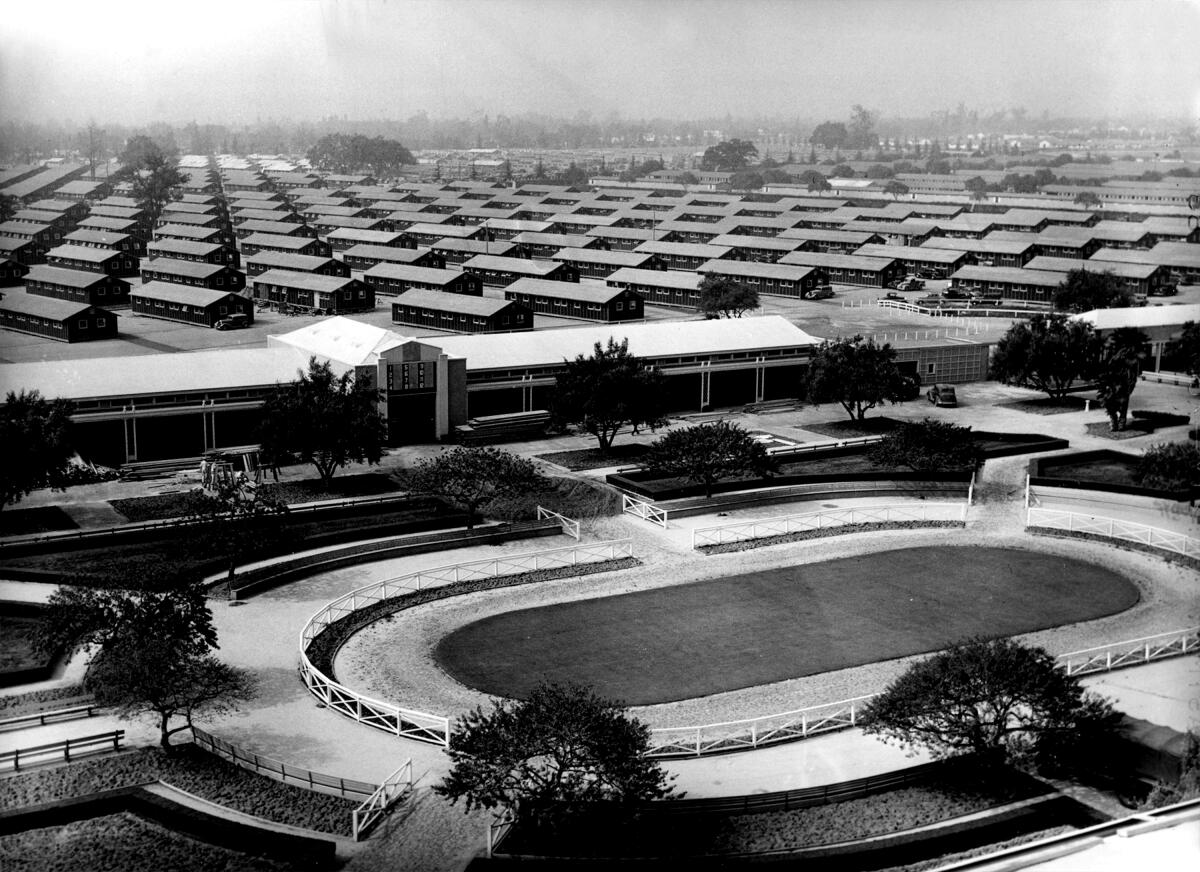
Aiko, my parents and their families, and the other incarcerated Japanese Americans would remain behind barbed wire, enduring harsh conditions, for the duration of the war. Even as the war was nearing an end in 1944, FDR refused to allow the so-called camps to close until after he won reelection that November.
For decades after the war, those who had been incarcerated focused on rebuilding their lives and suppressed their feelings about their wrongful imprisonment. My father recalled being “too busy” trying to recover from the incarceration’s devastating impact to be bitter. In the late 1960s, while living in New York, Aiko became involved in the civil rights and anti-Vietnam War movements, which questioned government actions. Inspired by the activism of others, she became motivated to investigate the causes of the incarceration.
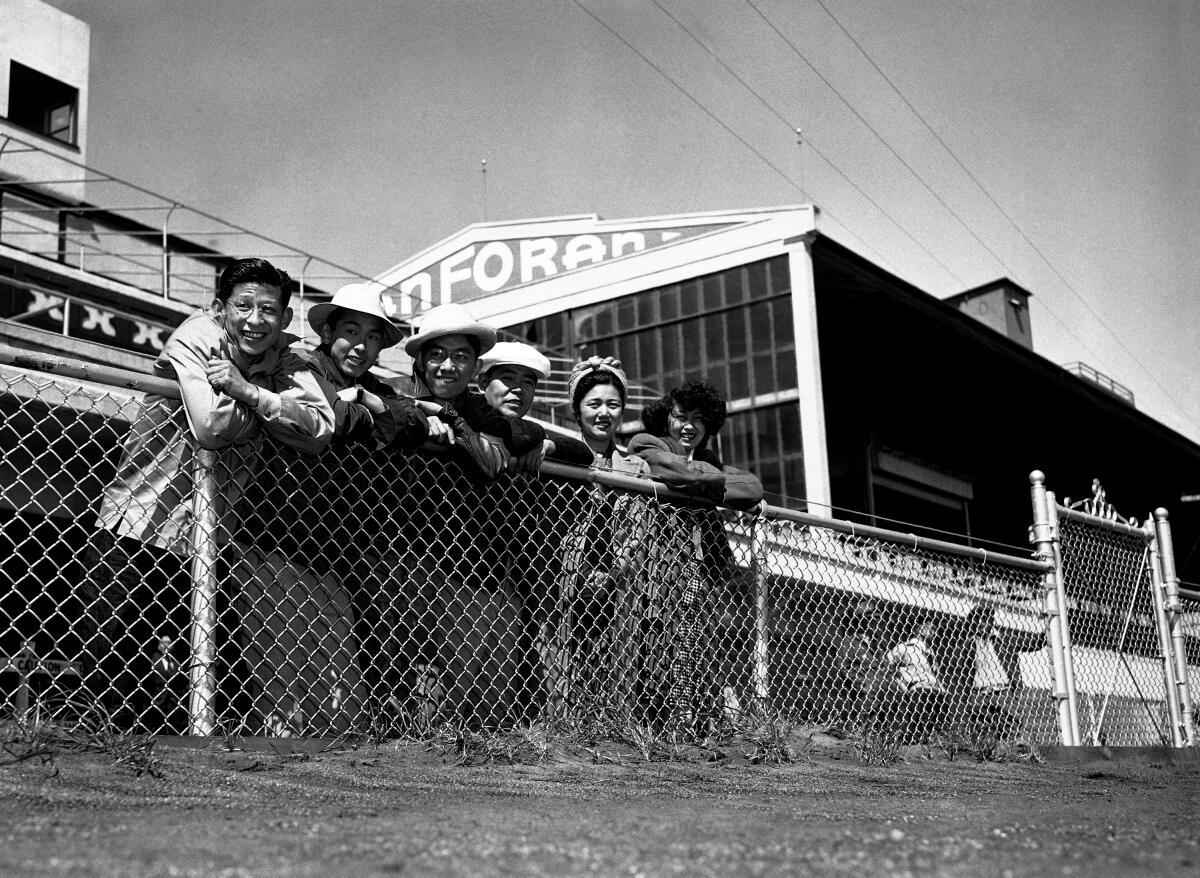
Using research techniques she developed, and working with lawyer and law professor Peter Irons, Aiko began combing through thousands of documents in the National Archives in the late 1970s. She would play a crucial role in documenting governmental misconduct that included never having a factual basis for suspecting Japanese Americans of disloyalty, knowingly perpetuating lies to justify the incarceration and covering up attempts by Justice Department officials to tell the truth.
The evidence formed the basis of the 1983 report “Personal Justice Denied,” the official government study into the imprisonment of people of Japanese ancestry during World War II. It concluded that Executive Order 9066 was not justified by military necessity, but resulted from racial prejudice, war hysteria and a failure of political leadership. Its recommendations — an official apology to those who had been incarcerated and token reparations for those who were still alive — were not made until 1988, when the Civil Liberties Act was passed.
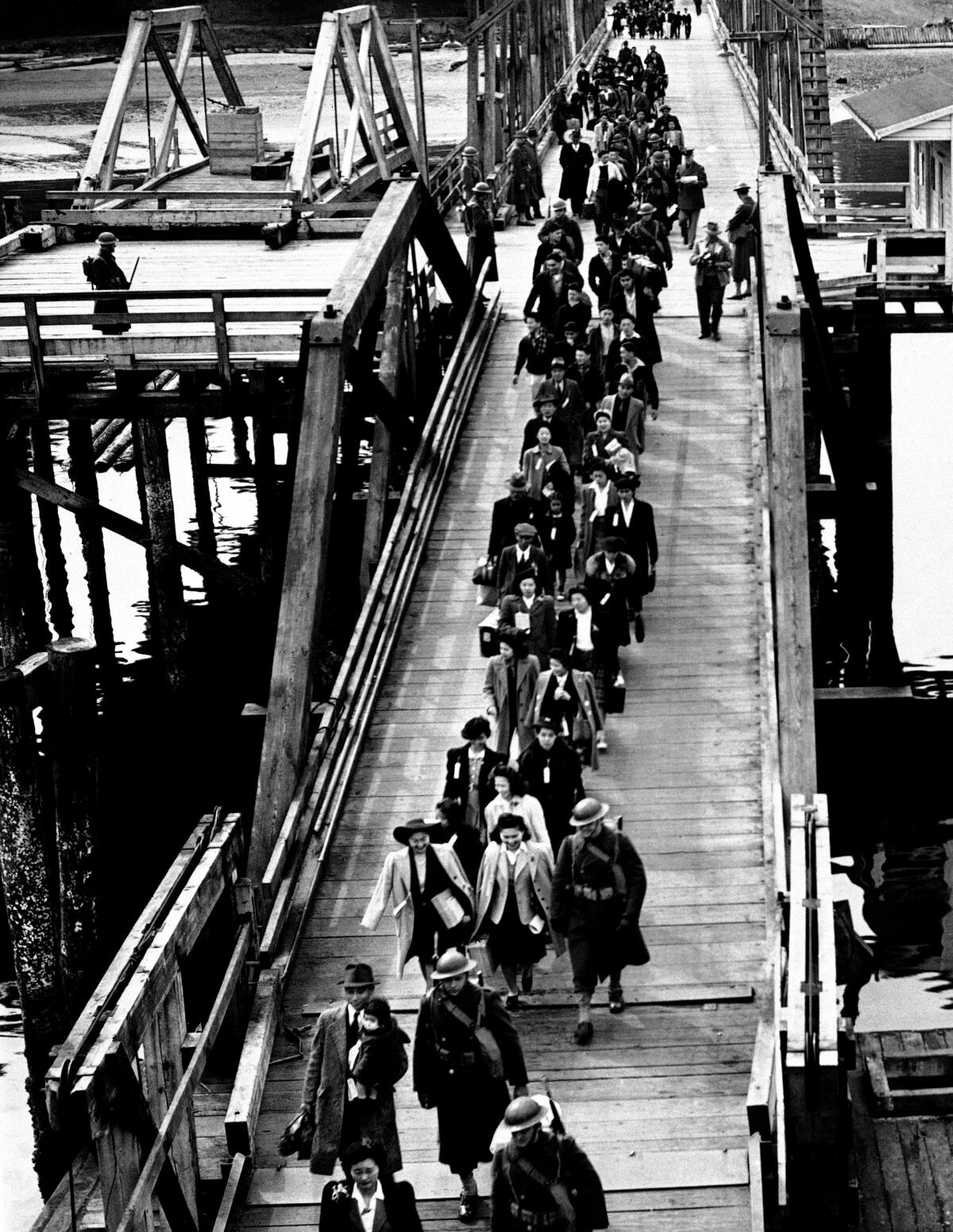
In 1989, Los Angeles High sought to make amends, issuing Aiko and her Nisei classmates the diplomas they were denied in 1942. For her role in setting the record straight, the Japanese American National Museum honored Aiko with its Award of Excellence at its April 2018 gala, recognizing her service to democracy. Three months later, she died at the age of 93.
Today, as violence against Asian Americans has surged in what the California attorney general has called “an epidemic of hate,” the 80th anniversary of the Pearl Harbor attack is cause for anxiety among those of us who are viewed with suspicion or are not thought of as “American enough” due to our heritage and appearance. President George W. Bush once said about the incarceration, “Sometimes we lose our soul as a nation. The notion of ‘all equal under God’ sometimes disappears.”
For the formerly incarcerated and their descendants, the annual observances of the Pearl Harbor attack provoke complex feelings. They have joined in honoring those who lost their lives during the Dec. 7 attack and in paying tribute to the Nisei soldiers who went on to valiantly demonstrate in combat the loyalty of Japanese Americans. But each Dec. 7 for the rest of his life, my father, who died at 79 in 2007, would brace for the anti-Japanese backlash that invariably occurred around each anniversary. He was always eager to see that date come and go.
Susan H. Kamei is a lecturer in the USC Dornsife department of history. She is author of “When Can We Go Back to America? Voices of Japanese American Incarceration during World War II.”
More to Read
A cure for the common opinion
Get thought-provoking perspectives with our weekly newsletter.
You may occasionally receive promotional content from the Los Angeles Times.
